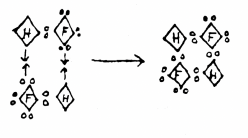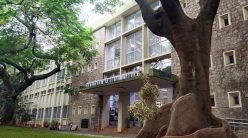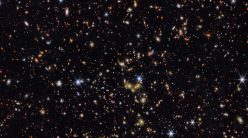Before computers and CAD design, depicting scientific concepts and results in graphs and sketches was challenging. CONNECT spoke to two retired draughtsmen from IISc, Sathyanarayana and Ramesh Babu, who translated these into detailed hand drawings.
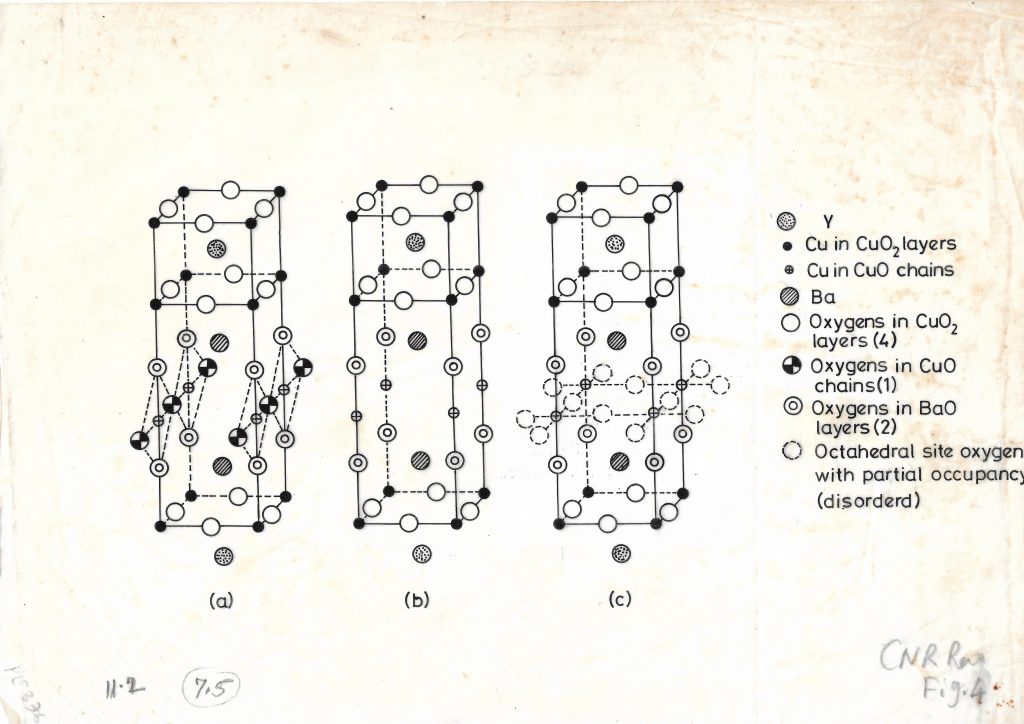
How did you come to join IISc?
Sathyanarayana: I was an apprenticeship trainee in Bharat Electronics Limited (BEL) and was trained in the tool design section before joining IISc. While at BEL, I applied for the post of draughtsman in SSCU [Solid State and Structural Chemistry Unit] which was advertised in the local newspaper. I got the appointment order a week before my training was completed. I joined the Institute on 30 November 1981 at the age of 22. It was my first interview and my first and last [job] appointment. The position was only up to 1985. I met Prof CNR Rao, the then Chairman of SSCU. His first question was, “Have you applied anywhere else?” I said, “Yes.” He asked me why. I pointed out that the job was only up to March 1985. He told me not to worry, and that it was a permanent position. In September 1985, I got confirmation of the same.
Ramesh Babu: My father was working in the Army. When he moved to Bangalore for a job in CIL [now the Controllerate of Quality Assurance (Electronics), Ministry of Defense], I undertook industrial training at the Jayaram Technical institute as a draughtsman between 1975 and 1977. I was offered a job at GARK enterprises, which made PCB [Printed Circuit Boards] for ISRO. Later, I joined a company called MAGAMI at Whitefield where I practiced manufacturing drawing. Then, I joined the 515 Army base workshop as a tracer. My first job was to draw three views of an army truck in A0 size. I completed it in less than two days.
At the same time, I got a call for an interview from IISc for a practical test. In those days, I used to get interview calls frequently and it was necessary to carry all the drawing implements. But for the IISc interview, I didn’t carry any, hoping that they would be provided. KR Reddy from the Department of Aeronautical [now Aerospace] Engineering conducted the interview. He suggested that I borrow tools from another candidate to complete my test. I was in a hurry to go home and so I borrowed the tools and finished the test early. Later, I was selected for an oral interview and within a few months, I got an appointment order and joined IISc.
At IISc, what departments did you work for, and what did your job involve?
Sathyanarayana: I worked in SSCU until superannuation. My job involved mainly preparing graphs and sketches for research papers for both students and faculty members for publication in national and international journals. I have drawn circuit diagrams for the electronics laboratory, and a number of mechanical drawings for the fabrication of various instruments given for machining in the unit workshop as well as the central workshop. I have also prepared display boards which are displayed in the department corridors and posters for students and faculty members to display in seminars and symposia. From July 2000 until superannuation, I worked in the electron microscope lab. I was operating the microscope, analysing samples using EDAX, and helping students in preparing samples for microscopic studies.
Ramesh Babu: There was a demand for drawings and tracing related to research and journal publications from several students and faculty members at IISc. Draughtsmen were given permission to work after office hours at IISc. Due to the extended hours, I was able to complete the drawings even when the demand was high.
Discussing with a draughtsman symbolically meant that the student was completing their PhD
On a lighter note, in those days, when a student would find another student discussing with me, they would ask the latter, “Are you writing your thesis?” Discussing with a draughtsman symbolically meant that they were completing their PhD. I completed thesis drawings for many students who are now well placed all around the world. When I was studying at the evening college in BMS, I heard that several heads of the department and the Chief Principal were former IISc students, whose theses had my drawings.

Although I have worked with students and faculty members from all departments, I was associated more frequently with people from mechanical engineering, physics, ecological sciences, atmospheric and oceanic sciences, and theoretical physics, as well as KSCST [Karnataka State Council for Science and Technology].
A few of the drawings which I am proud of include about 150 A0 size drawings of a large water tunnel design for Prof Vijay Arakeri in the Department of Mechanical Engineering, drawings of birds and other species in ecological sciences, and the structure of benzene in chemistry. I have also been involved in the preparation of design drawings for the wind and water tunnels, meteorology drawings for handbooks (for Prof Anna Mani), Wipro circuit drawings, and projects on rainwater harvesting, solar panel design and more for KSCST.
What were the challenges that you faced?
Sathyanarayana: When I joined SSCU, the nature of work was different from what I was trained in and doing at BEL. Engineering drawing, for which we were trained, contains straight lines, circles and arcs. Here, on the other hand, the drawings contain spectras and graphs. I was struggling to do them; I thought that they would fire me after some time. But Prof Rao was kind and told his students and the others, “We will give him some time.” After a few days, I had a chance to meet a draughtsman in the neighbouring department. Soon, I picked up [the skills] and started preparing good drawings.
The real challenge came after the introduction of computers. Students started preparing drawings themselves
The real challenge came after the introduction of computers around 1994-95. Students started preparing the drawings themselves using computers and printers. My work was slowly getting reduced. I did learn some graphic software. I also asked students for their data so that I can draw for them, but they refused to share and said that they are more comfortable doing it by themselves. Then, I approached some other departments to get a transfer but the response was not encouraging. This happened to all draughtsmen in IISc. However, most of them were on the verge of retirement and some of them were given other jobs such as taking care of the library and so on.
SSCU was one of the departments having the highest number of publications. After being constantly busy, suddenly, my work was reduced to a great extent. At that time, in the year 2000, the department got a Scanning Electron Microscope (SEM). Prof MS Hegde, the then Chairman, suggested that I work in the electron microscope lab. At first, I was hesitant because in the neighbouring department [Materials Research Centre], it was generally operated by highly qualified personnel. But Prof Hegde and Prof DD Sharma, who was in charge of the instrument, encouraged me. I worked with Mr Kannan, who was a Senior Scientific Officer, and with the support of these three, I was able to operate the SEM.
I had written many letters to the Institute authorities, with the support of the department and the chairs, who recommended changing my designation from draughtsman to JSA (Junior Scientific Assistant) since I had the necessary qualifications, but it didn’t happen and I remained a draughtsman.
Ramesh Babu: Initially, everybody depended on manual drawing, on people who had the skill. I used to work for 18 hours each day. Some students would call at night saying that a page number was missing and had to be added, and that they had to submit their thesis or fly out the next day. Later, with computerised drawings … my job was reduced enormously. There was a “null” period.
The transition [from hand drawings to computerised drawings] was challenging. How much can you learn in AutoCAD? It is saturating. New software is introduced every year and you have to keep updating yourself. It was very difficult to keep up.
When I joined IISc, I was well aware that there was no growth [from draughtsman to a scientific position]. Nevertheless, I was always keen on widening my knowledge, and was able finish my diploma and subsequently BE, to my immense satisfaction.
Are there any memorable events from your time at the Institute? Any eminent personalities you met or interacted with?
Sathyanarayana: I have not only met but also worked for Prof CNR Rao. Most of his papers from after 1982 until 1995 had my drawings. One of the drawings I had made was a graph sent by him for publication which the journal sent back for correction. It was very difficult to say at that stage where the mistake happened. He could have shouted at me; instead he told me, “Sathyanarayana, sorry, I should have corrected this before sending. Please correct it.” This was one of the memorable events. Another eminent person whom I met once at the Institute was [novelist] Dr SL Byrappa. I was a fan and had read almost all his novels. I saw him near the Director’s bungalow while taking a walk, and had the opportunity to talk to him for a few minutes. When I joined the Institute, I was very young. Most of the students until 1995 were two or three years older than me, and in the later batches, two to four years younger than me. Age was the common factor among us, and so most of them became my close friends. Many of them are eminent personalities today.
Ramesh Babu: The planning for SERC started in my drawing room. Prof Roddam Narasimha (RN) and Prof Balakrishnan wrote the proposal and made the schematic diagram.
In the 1980s, my first drawing was a map of our campus. Prof RN took me around and explained the necessary features to be incorporated. He told me that the big rectangular part opposite to the Main Building, which extends to the Director’s quarters, was planted with trees to make it appear like a British flag in aerial view. This work was for the First Congress of Fluid Mechanics. More than 400 visitors from all around the world attended the conference. Prof RN invited me in 2019 for the same conference as a delegate. This was a proud moment for me.
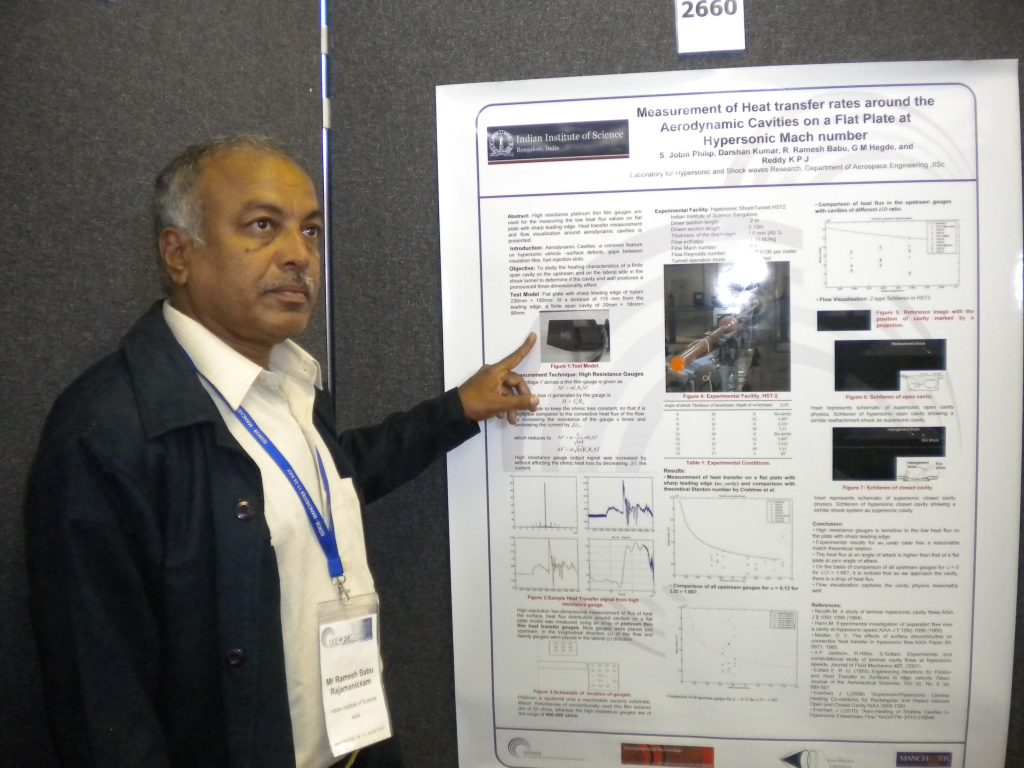
Our lab [in the Department of Aerospace Engineering] welcomed Prince Charles in the early 1980s. Former President Dr Abdul Kalam also visited our lab twice in the early 1990s. He allocated funds for building a CFD [Computational Fluid Dynamics] lab facility. During his tenure as President, he inaugurated the office for the Centre of Excellence in High Speed Aerodynamics, for which I happened to give him the scissors to cut the ribbon.
I have spent quality time with many students who work late nights in the lab. I learnt the basics of how to play the violin with a student; he is now a well-known professor in our department. I used to play badminton and table tennis with students and faculty members at the Gymkhana even in the night. As part of the Nature Club activities, I have been on several trekking trips. I learned skiing as well.
In 2005, Prof KPJ Reddy gave me an opportunity to design a dump tank for a free-piston shock tunnel. Then begin another chapter, where I started developing designing skills. Later, I got the designs manufactured and commissioned. I volunteered to assist students while conducting experiments and learnt a lot in the process. A pleasant surprise for me was the opportunity to present a paper in a conference at Wisconsin, USA. Although I assisted the students in the experiment, I was not expecting to present. I was extremely elated after that conference presentation and also got many conference opportunities later.
How are you spending retired life? Any future plans?
Sathyanarayana: I like travelling. Due to COVID-19, I could not go anywhere in the last year. I stay close to the Institute and come for a walk there daily and practise a little yoga in the evening at home. If there is any volunteer service allowed, I am ready to work for four hours a day at the Institute.
Ramesh Babu: I will be starting a Master’s degree shortly. When I joined the department, I asked myself if I was doing a trivial job. When I confronted Prof RN about this, he explained to me in a simple manner the role of an ITI-qualified person and why drawings are important. He elaborated on the importance of 3D drawings in any field. He cited the example of a 3D coordinate system used in astronomy. This gave me a whole new perspective on the role of a draughtsman. He also wanted to write a book about research graphs with my help. It is no exaggeration if I say that Prof RN played a pivotal role in my life.
I am actually enjoying doing these calculations now. I am able to understand the mathematics behind the drawings. That’s the reason I am pursuing further studies now. After finishing this, I would like to conduct experiments and write code for Computational Fluid Dynamics in aerospace engineering. If everything goes well, I will definitely do a PhD.


